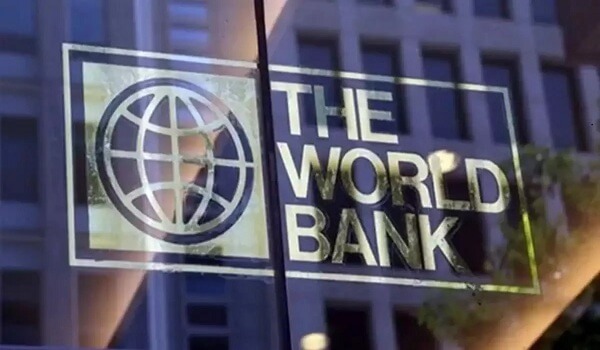In an initiative to combat the rising threat of methane emissions, the World Bank has announced plans to launch a series of country-led programs, to reduce up to 10 million tons of methane over the course of their investment lifespans.
Plan Unveiled by World Bank
Need For the Plan
- Methane accounts for approximately 19% of global greenhouse gas emissions (GHGs), making it a substantial contributor to climate change.
- Rice production accounts for 8%, livestock 32%, and waste 18% of all human-driven methane emissions, making targeted efforts in these areas crucial.
- Methane has a much higher global warming potential (GWP) than carbon dioxide.
- Despite methane being 80 times more potent than carbon dioxide in terms of warming the palnet, it has received less attention and funding.
World Bank’s Planning
- The World Bank is set to roll out a minimum of 15 country-led programs within the next 18 months.
- According to the World Bank, the move is a step in addressing the alarming increase in global temperatures and supporting communities most vulnerable to the impacts of climate change.
- These programs will specifically target methane emissions, employing strategic interventions to curb environmental degradation and promote sustainable practices.
World Bank’s Triple Win Approach
- The ambitious programs will focus on slashing methane emissions from various sources, including rice production, livestock operations, and waste management.
- The comprehensive approach to methane reduction outlined by the World Bank emphasizes triple wins – reducing emissions, enhancing resilience, and empowering livelihoods.
Funding Mechanism
- Currently, finance for methane abatement constitutes less than 2% of global climate finance.
- The World Bank envisions a substantial increase in financing for methane reduction through public and private sector channels between 2024 and 2030.
- The institution is set to collaborate with Germany, Norway, the United States, the UAE, and the private sector to implement effective solutions and reduce methane emissions across the entire energy value chain.
Partnership Platforms
- Complementing its efforts, the World Bank is launching two partnership platforms:
- The Global Methane Reduction Platform for Development (CH4D) focusing on methane abatement in agriculture and waste.
- Global Flaring and Methane Reduction Partnership (GFMR) concentrating on reducing methane leaks in the oil and gas sector.
Global Warming Potential (GWP)
- GWP is a measure of how much heat a greenhouse gas traps in the atmosphere over a specific time period, usually 100 years, compared to carbon dioxide (CO2).
- It is used to evaluate the potential impact of different greenhouse gases on global warming. The GWP allows for the comparison of the warming effects of various gases based on their ability to absorb and retain heat in the atmosphere.
- Carbon dioxide is the reference gas with a GWP of 1. Other greenhouse gases, such as methane (CH4) and nitrous oxide (N2O), have higher GWPs because they are more effective at trapping heat.
- The Intergovernmental Panel on Climate Change (IPCC) provides GWP values for different gases. It’s important to note that GWP values can vary depending on the time horizon chosen for the comparison.

